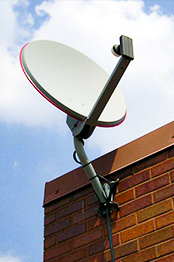- Computer & Networking
- Audio & Video
- Camera
- Home & Kitchen
Kitchen Appliances
- Cooking Appliances
- Steamers & Cookers
- Dishwashers
- Microwaves & Ovens
- Water Purifiers
- Juicer Mixer Grinders
- Coffee Makers
- Stoves / Cooktops & Induction Cookers
- Food Preparation Appliances
- Cooking Utensils
- Beverage & Makers
- Cookware Accessories
- Chimney
- Toasters Sandwich Makers
- Flour Mill Machines
- Other Kitchen Accessories
- Medical & Personal Care
- Mobile / Tablets & Wearable
- Industrial / Office & Projects
- Machines / Tools & Agriculture
- Travel
- Safety & Security
- Automotive
- Circuit (IC's) / Spare Parts
- Solutions
Traffic Control and Management Solution
- Area Traffic Control System (ATCS)
- Integrated Traffic Management System (ITMS)
- Adaptive Traffic Control System
- Red Light Violation Detection System
- Speed Violation Detection System
- Automatic Traffic Count and Classification
- Video Incident Detection System
- Adaptive Pedestrian Crossing System
- Smart Variable Messaging Systems
- Integrated Control and Command Centre
- Automatic Illegal Parking Detection System (AIPDS)
- Smart Solar Power Generation System (SSPGS)
- Satellite & Cable Tv
- Brands
Adaptive Traffic Control System
- Vehicle actuated traffic control
- Centralized control & monitoring systems
- Green corridor synchronization
- Smart Pole
- Vehicle Detection Camera
- Centralized real time monitoring
- Fault detection SMS & Mail alerts
Get in Touch
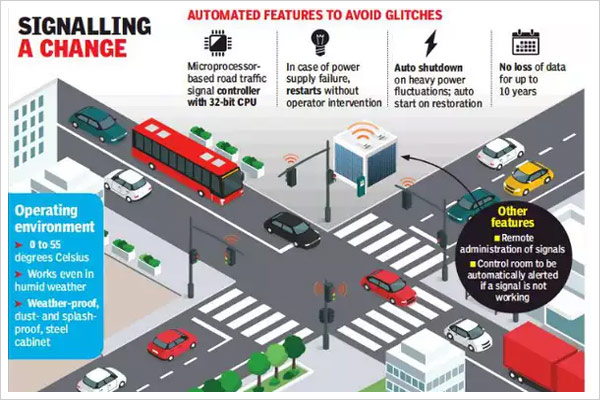
YASHRETAIL is ToT Partner with CDAC, R & D Organization, Ministry of Electronics and Information Technology (Government of India) for manufacturing of Adaptive Traffic Control Systems.
This dynamic vehicle actuated traffic control system is designed to address the highly heterogeneous traffic conditions by continuously assessing real time traffic demand from vehicle detectors deployed at strategic locations.
Based on the assessment, the system generated optimum signal timings for signal coordination in vehicle actuated mode of traffic signal
operation, there by minimizing stops and delay at traffic junctions and reduce overall journey time.
Salient Features
- Vehicle actuated traffic control
- Centralized control & monitoring systems
- Green corridor synchronization
- Smart Pole
- Vehicle Detection Camera
- Centralized real time monitoring
- Fault detection SMS & Mail alerts
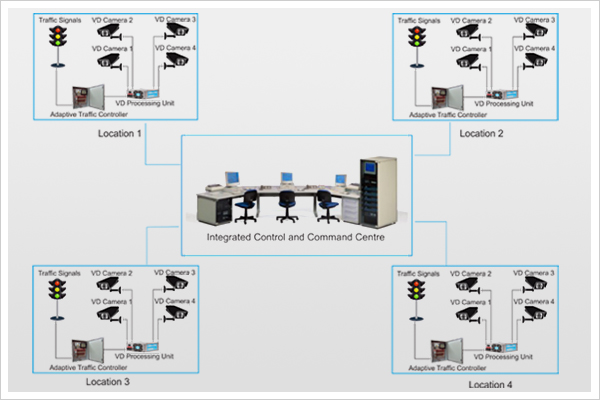
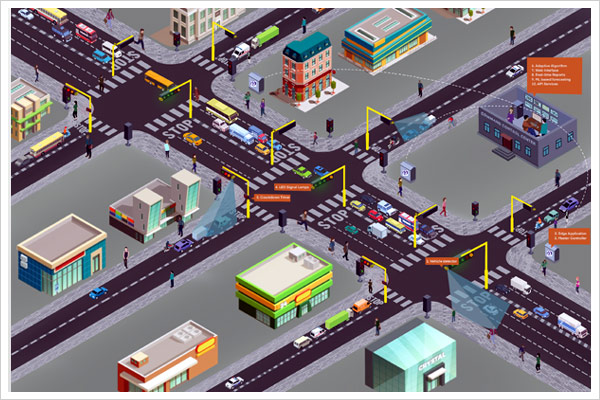
Adaptive Traffic Signal Controller
ATSC is a vehicle actuated road traffic signal controller that controls the signal lamps over wired medium. ATSC is Area Traffic Control System (ATCS) compatible having features to perform at isolated intersections or as part of a synchronized chain of controllers. The controller supports remote monitoring and management of signal plans over various medium of communication network. Optimized Solar power operation, PWM based intensity control of signal lamps, GPS / Server based distributed time synchronization, pole mountable / plinth mountable miniature architecture are other features of Cute. Cute has been developed by CDAC (T) under the “Intelligent Transportation System Endeavour (InTranSe) for Indian Cities” which is a National level Collaborative Research and Development Program funded by the Department of Electronics and Information Technology (DeitY), Ministry of Communications and Information Technology, Government of India.
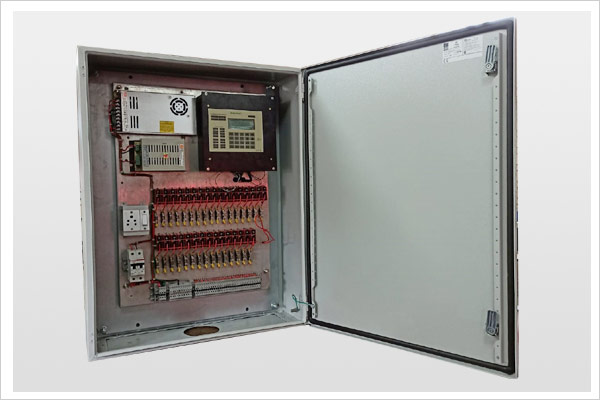
Vehicle Detection Camera
Vehicle Detection Camera combines a CMOS Camera and Video detector into a single vehicle presence sensor. Detecting Moving and Stationary vehicle at signalized intersections, VDC transmits vehicle presence information to traffic controllers via detection outputs for dynamic signal timing. This system helps reduce wait time and optimize the traffic flow.
DIRECTION-SENSITIVE VEHICLE DETECTION
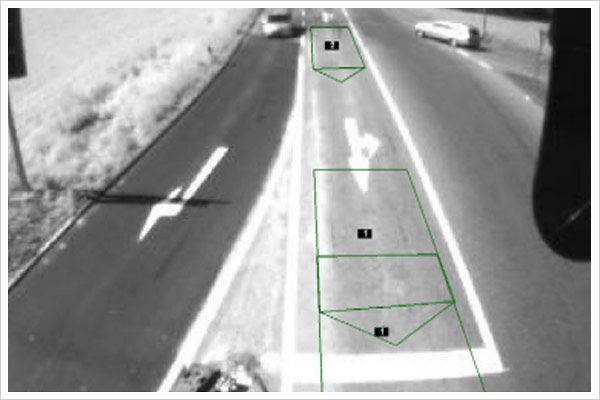
TrafiCam detects vehicles over multiple lanes in any direction.
- Real-time traffic verification and monitoring
- Stop bar vehicle presence detection
- Warning Message
- Traffic adaptive requiring accurate zone occupancy measurement<
- Ramp metering
EASY CONFIGURATION, VISUAL VERIFICATION
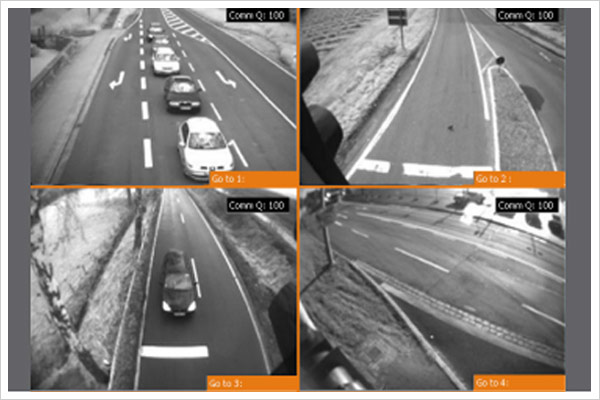
Position and verify custom vehicle presence detection zones
- Detection zones displayed
- Presence zones are easily repositioned in changing traffic situations
SIMPLE INSTALLATION
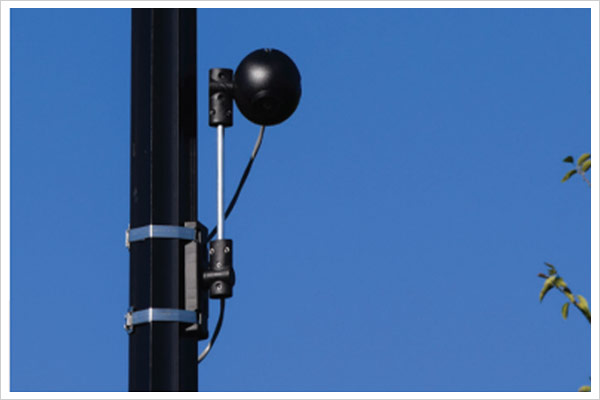
- Non-intrusive, above-ground installation
- Detection output transmission
Traffic Monitoring and Management Software
TraMM is a software tool to monitor and manage the traffic signal controller remotely from the Command-and-Control Centre. TraMM has dedicated Human Machine Interface graphic software to configure, visualize real traffic patterns and control the traffic signals remotely. It provides option to monitor the data in different visual formats such as Trends, Charts, Reports and Remote Animation Screens.
Dedicated User Management System is a part of TraMM which embeds application links for user to navigate the overall system. Centralized junction configuration tool of TraMM facilitates plan download and upload functionality to configure the junctions remotely. It receives the online junction pattern periodically from different junction controllers and the same will be distributed to associated modules for display and reporting
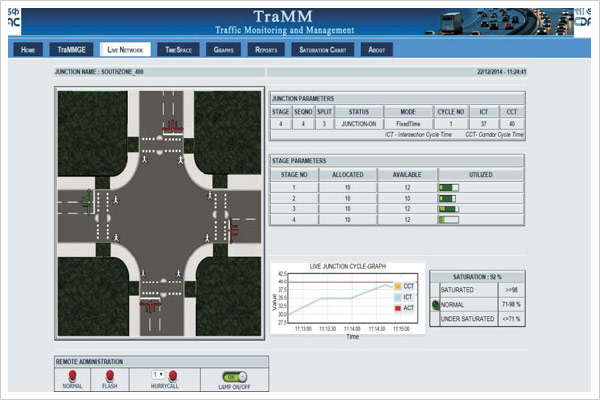
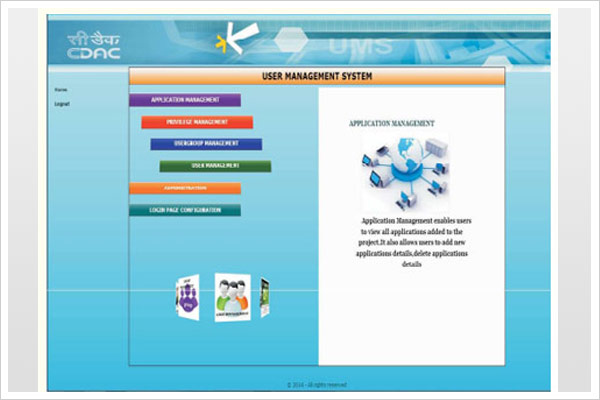
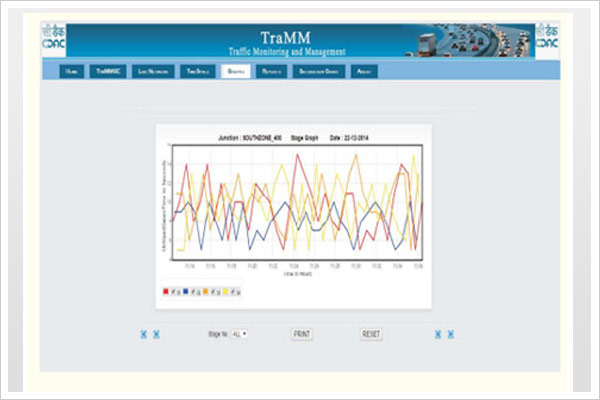
Get in touch with us anytime!
Registered Office Address:
Yash Retail And Services Pvt Ltd
Address : Plot No 240, Ground Floor, Bhawani Enclave, VPO - Bhondsi, Sohna Road, Gurgaon, Haryana, India, Pin Code - 122102
Email ID : help@yashretail.com
About
Customer Services
© Copyright 2010-2025 yashretail.com. All rights reserved


